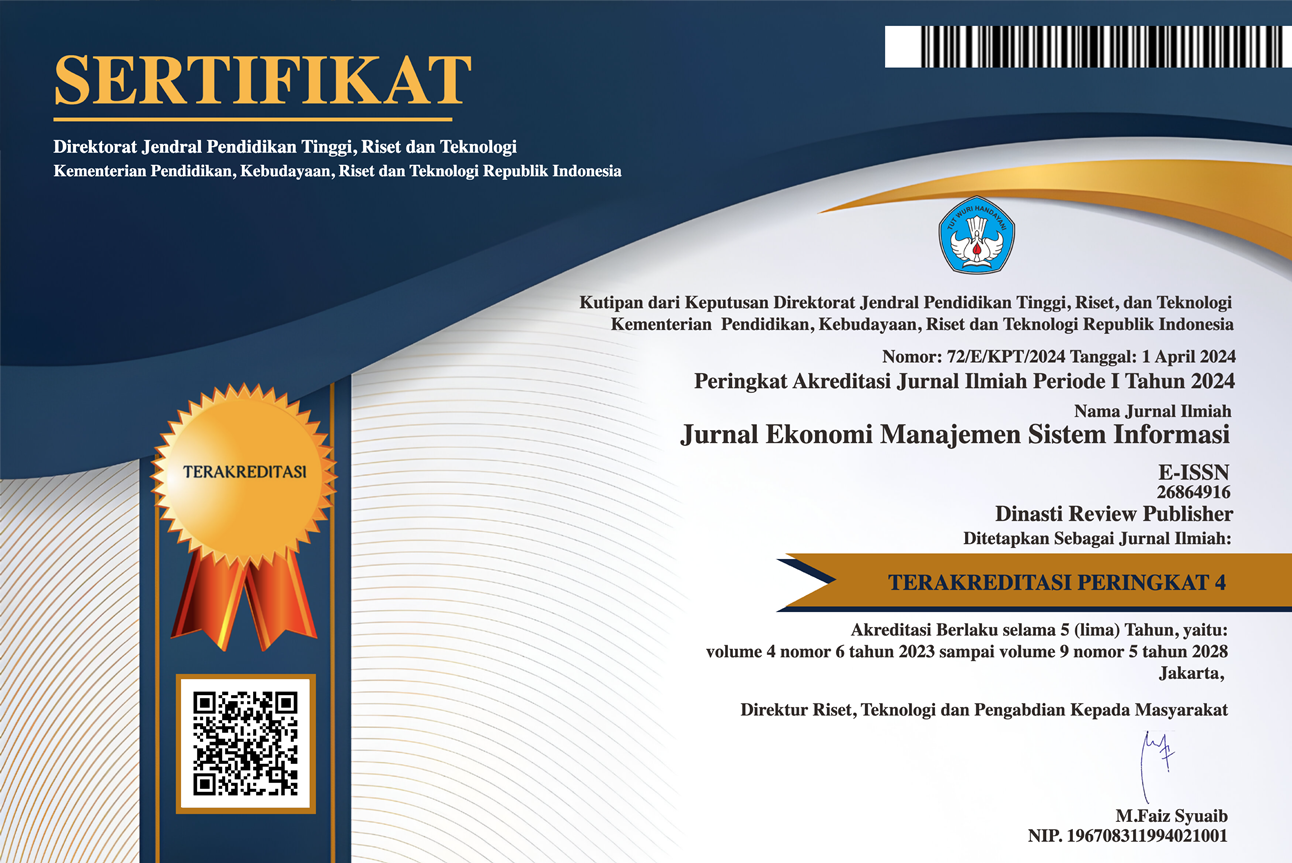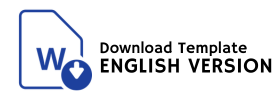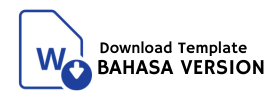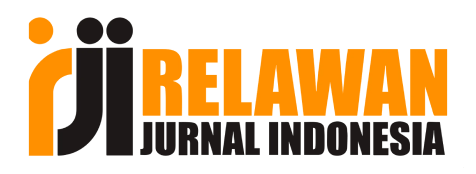Enhancing Supply Chain Performance Analysis Through Methodological Integration: A SCOR-Based Framework with AHP and Fishbone Application
DOI:
https://doi.org/10.38035/jemsi.v6i5.5089Keywords:
SCOR Model, Supply Chain, Integration Method, AHP, FishboneAbstract
This study presents a structured framework for supply chain performance evaluation by integrating the SCOR model with the Analytical Hierarchy Process (AHP) and Fishbone Diagram. The approach is applied to PT. XYZ, an Indonesian pharmaceutical company recently entering the medical device distribution sector. The objective is to demonstrate how combining these methods can enhance the accuracy and depth of supply chain diagnostics. SCOR Level 1 identifies performance gaps, AHP in Level 2 prioritizes improvement areas, and Fishbone in Level 3 explores root causes. Rather than focusing solely on outcome metrics, the study emphasizes how method integration enables clearer identification of performance issues and actionable priorities. Results indicate that reliability, responsiveness, and agility are the most pressing concerns, primarily due to workforce limitations, digitalization gaps, and planning inefficiencies. This integrated approach provides deeper insights, better alignment between strategy and operations, and more targeted recommendations. It offers a practical and replicable model for organizations operating in highly regulated or transitional industries.
References
Abolhasani, M., & Ghasemi, A. (2020). A Hybrid Approach for Supply Chain Performance Measurement Based on SCOR and Fuzzy AHP. Journal of Industrial Engineering and Management Studies, 7(2), 23–35. https://doi.org/10.22116/JIEMS.2020.114435
Agyabeng-Mensah, Y., Ahenkorah, E., & Afum, E. (2020). Examining Supply Chain Integration and Operational Performance from the Resource-Based View Perspective. Benchmarking: An International Journal, 27(4), 1401–1424. https://doi.org/10.1108/BIJ-06-2019-0275
APICS. (2017). SCOR Framework Version 12.0: Introduction.
Association for Supply Chain Management (ASCM). (2022). SCOR Digital Standard Version 13.0.
Ayyildiz, E., & Taskin Gumus, A. (2021). An integrated fuzzy AHP and fuzzy TOPSIS approach for evaluating sustainable supply chain management criteria. Journal of Cleaner Production, 279, 123–456. https://doi.org/10.1016/j.jclepro.2020.123456
Creswell, J. W., & Creswell, J. D. (2018). Research Design: Qualitative, Quantitative, and Mixed Methods Approaches (5th ed.). SAGE Publications.
Immawan, R. (2020). Analisis Efisiensi Rantai Pasok Distribusi di Indonesia. Jurnal Ilmiah Manajemen Dan Bisnis, 21(1), 45–55.
Ishikawa, K. , & Loftus, J. H. (1990). Introduction to quality control (3rd ed.). 3ACorporation.
Ivanov, D., & Dolgui, A. (2020). A digital supply chain twin for managing the disruption risks and resilience in the era of Industry 4.0. Production Planning & Control, 32(9), 775–788. https://doi.org/10.1080/09537287.2020.1768450
Jacobs, F. R., & Richards, G. (2011). Operations and Supply Chain Management: The Core (2nd ed.). McGraw-Hill Education.
Liliana, L. (2016). A new model of Ishikawa diagram for quality assessment. IOP Conference Series: Materials Science and Engineering, 161(1). https://doi.org/10.1088/1757-899X/161/1/012099
Mangla, S. K., Luthra, S., & Mishra, N. (2022). Prioritizing performance indicators for sustainable supply chain management using AHP. International Journal of Production Economics, 247, 108122. https://doi.org/10.1016/j.ijpe.2022.108122
Maxwell, J. A., & Loomis, D. M. (2003). Mixed Methods Design: A Framework for the Field. Sage Publications.
Monczka, R. M., Handfield, R. B., Giunipero, L. C., & Patterson, J. L. (2020). Purchasing and Supply Chain Management (7th ed.). Cengage Learning.
Purnomo, A., Sari, N. L., & Wahyuni, D. (2021). Root Cause Analysis Using Fishbone Diagram in Healthcare Logistics. Indonesian Journal of Operations and Logistics, 9(3), 212–223.
Rudianto, B., & Astuti, P. (2023). Supply Chain Performance Analysis Using the SCOR Method in Medical Device Distribution. Jurnal Logistik Dan Rantai Pasok, 11(1), 34–45.
Saaty, T. L., & Vargas, L. G. (2022). Models, Methods, Concepts & Applications of the Analytic Hierarchy Process (2nd ed.). Springer.
Sheffi, Y. (2021). The New (Ab)Normal: Reshaping Business and Supply Chain Strategy Beyond Covid-19. MIT Press.
Tran, T. P., & Nguyen, M. H. (2023). Applying the Analytic Hierarchy Process to Prioritize Risks of the Food Supply Chain in Vietnam. International Journal of the Analytic Hierarchy Process, 15(1), 54–66. https://doi.org/10.13033/ijahp.v15i1.1199
Venkatesh, V., Brown, S. A., & Bala, H. (2013). Bridging the qualitative–quantitative divide: Guidelines for conducting mixed methods research in information systems. MIS Quarterly, 37(1), 21–54.
Downloads
Published
How to Cite
Issue
Section
License
Copyright (c) 2025 Ferlita Aprillia, Jonathan Nahum Marpaung

This work is licensed under a Creative Commons Attribution 4.0 International License.
Hak cipta :
Penulis yang mempublikasikan manuskripnya di jurnal ini menyetujui ketentuan berikut:
- Hak cipta pada setiap artikel adalah milik penulis.
- Penulis mengakui bahwa Jurnal Ekonomi Manajemen Sistem Informasi (JEMSI) berhak menjadi yang pertama menerbitkan dengan lisensi Creative Commons Attribution 4.0 International (Attribution 4.0 International CC BY 4.0) .
- Penulis dapat mengirimkan artikel secara terpisah, mengatur distribusi non-eksklusif manuskrip yang telah diterbitkan dalam jurnal ini ke versi lain (misalnya, dikirim ke repositori institusi penulis, publikasi ke dalam buku, dll.), dengan mengakui bahwa manuskrip telah diterbitkan pertama kali di Jurnal Ekonomi Manajemen Sistem Informasi (JEMSI).











































































